Drilling Blinds into French Door
roysterfam
13 years ago
Featured Answer
Sort by:Oldest
Comments (18)
User
13 years agobrickeyee
13 years agoroysterfam
13 years agobrickeyee
13 years agowoodbutcher_ca
13 years agoroysterfam
13 years agokudzu9
13 years agomike_kaiser_gw
13 years agoroysterfam
13 years agobrickeyee
13 years agokudzu9
13 years agoroysterfam
13 years agomike_kaiser_gw
13 years agobrickeyee
13 years agoblindambitions1
13 years agobrickeyee
13 years agoroysterfam
13 years ago
Related Stories
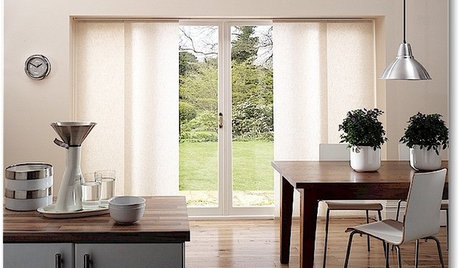
DOORSThe Art of the Window: 12 Ways to Cover Glass Doors
Learn how to use drapes, shutters, screens, shades and more to decorate French doors, sliding doors and Dutch doors
Full Story
VACATION HOMESHouzz Tour: A French Ski Chalet’s Dark Sophistication
A superstylish ski chalet is layered with tactile surfaces, organic textures and warm colors
Full Story
WINDOWSAwkward Windows and Doors? We've Got You Covered
Arched windows, French doors and sidelights get their due with treatments that keep their beauty out in the open
Full Story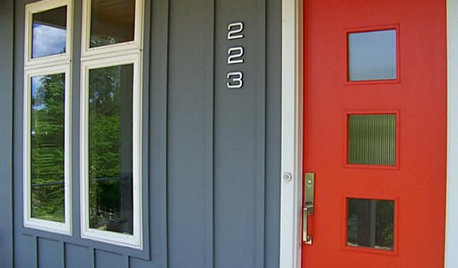
FRONT DOOR COLORSFront and Center Color: When to Paint Your Door Bright Red
Welcoming and intense, a red front door kicks up a home's entryway and is impossible to miss
Full Story
FRONT DOOR COLORSFront and Center Color: When to Paint Your Door Blue
Who knew having the blues could be so fun? These 8 exterior color palettes celebrate sunny-day skies to electric nights
Full Story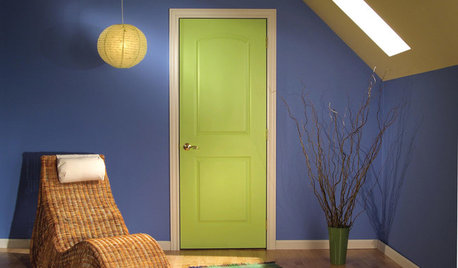
GREAT HOME PROJECTSUpgrade Your House With New Interior Doors
New project for a new year: Enhance your home's architecture with new interior doors you'll love to live with every day
Full Story
ARCHITECTUREDesign Workshop: The Lowdown on Colossal Doors
Want to erase the boundary to the outdoors? Here’s what to know about materials, cost, energy efficiency and more
Full Story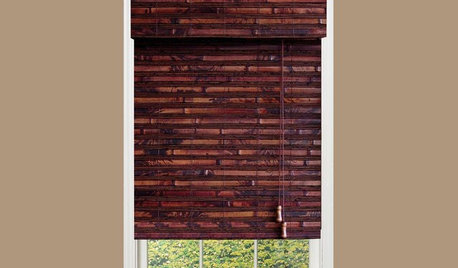
PRODUCT PICKSGuest Picks: A Whole Lotta Wonderful Window Coverings
Blinds, drapes, shades and curtain rods to give your windows a polished, put-together look
Full Story
MOVING5 Risks in Buying a Short-Sale Home — and How to Handle Them
Don’t let the lure of a great deal blind you to the hidden costs and issues in snagging a short-sale property
Full Story
KITCHEN CABINETS9 Ways to Configure Your Cabinets for Comfort
Make your kitchen cabinets a joy to use with these ideas for depth, height and door style — or no door at all
Full Story






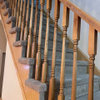

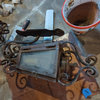

roysterfamOriginal Author